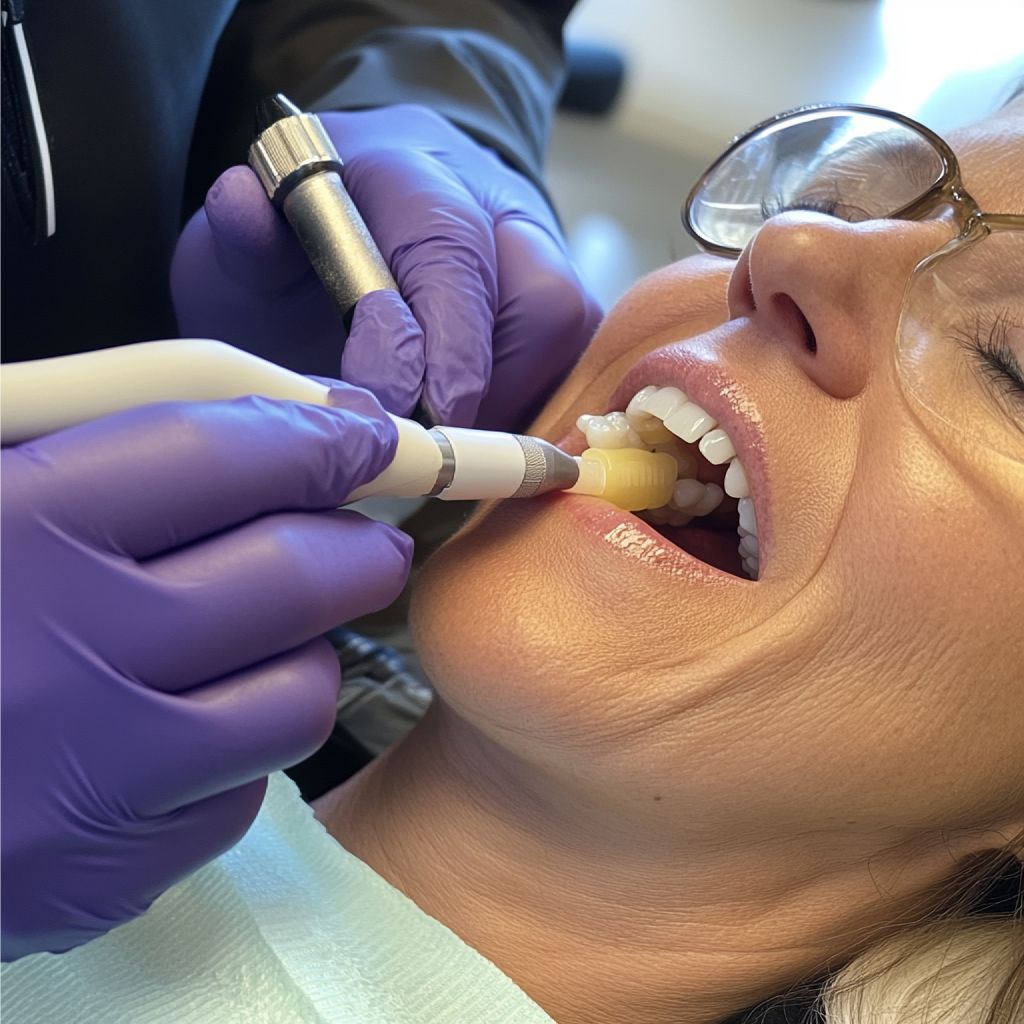

Tooth removal, also known as tooth extraction, is a dental procedure in which a tooth is taken out of its socket in the jawbone. This is often necessary due to severe decay, infection, gum disease, overcrowding, or impacted wisdom teeth. Tooth removal can be either simple (for visible teeth) or surgical (for impacted or broken teeth).
Modern dental techniques and anesthesia ensure a safe, quick, and virtually painless procedure. After extraction, proper aftercare is essential to promote healing and prevent complications like dry socket. If needed, replacement options such as dental implants, bridges, or dentures can help restore function and aesthetics.
- Eliminates Severe Pain and Infection
- Improves Oral Health
- Quick and Safe Procedure
- Allows for Proper Tooth Replacement